Wisting Oil Field and Barents Sea
Location:
Norwegian Barents Sea
Risks:
Environmental Destruction, Litigation
Wisting Oil Field:
- Equinor ASA
- INPEX Idemitsu Norge AS
- INPEX Corporation
- Petoro AS
- Aker BP ASA
License holders in the Barents Sea:
- Equinor ASA
- OMV AG
- Abu Dhabi National Oil
- Company (ADNOC)
- INPEX Idemitsu Norge AS
- INPEX Idemitsu Norge AS
- INPEX Corporation
- Petoro AS
- Harbour Energy plc
- Wintershall Dea AG
- Vaar Energi ASA
- BP plc
- Eni SpA
- TotalEnergies SE
- Aker BP ASA
- Concedo ASA
Location of the Wisting oil field, southeast of Bear Island
More Danger on the Horizon for Millions of Arctic Animals
Equinor and Aker BP are pushing further into the Arctic wilderness than ever before. The companies have still not given up on plans to develop the northernmost oil field in the world.15531 The Wisting oil field lies in the Barents Sea about 300 km (186 mi) north of the Norwegian mainland. Equinor and Aker BP postponed the decision to develop Wisting, but their plans for the Norwegian Arctic still endanger millions of Arctic animals.
Arctic Abundance
The Wisting project’s death bell might have sounded on 10 November 2022. After tireless campaigns by environmental activists, Equinor and its partners decided to postpone the final decision on whether or not to develop Wisting until 2026.1553115531 The decision came after surging cost estimates which increased from NOK 75 billion to a staggering NOK 104 billion.15531 The company has also given up its rights to tap into the national power grid to electrify the platform.15531 However, Aker BP still intends to drill additional exploration wells in the area.19475 Only the future can tell whether the decision in 2022 was indeed the end of Wisting. If the project actually moves ahead in 2026, Wisting will break new records for Arctic oil & gas developments.15531 It is located much further north than the other Barents Sea oil and gas projects, Snøhvit, Goliat and Johan Castberg.
Wisting lies dangerously close to the island and nature reserve Bjørnøya (Bear Island).15531 This rocky and harsh landscape rises out of the rough sea 185 km (115 mi) northwest of the Wisting oil field.14651 Some of the biggest bird colonies in the world live on the steep cliffs on the southern tip of Bear Island. Every year, more than a million seabirds build their nests here.15531 Common guillemots, Brünnich’s guillemots, little auks, black-legged kittiwakes, Northern fulmars and glaucous gulls are the most common. Endangered species like the colorful Atlantic puffins come for the summer or make a stopover on Bear Island when they fly south in autumn. [8] In the surrounding waters, seals, white-beaked dolphins, minke whales and walruses live off the abundant fish.15531
Note: Reputational risk projects on GOGEL are updated annually. This article was last updated November 7 2024.

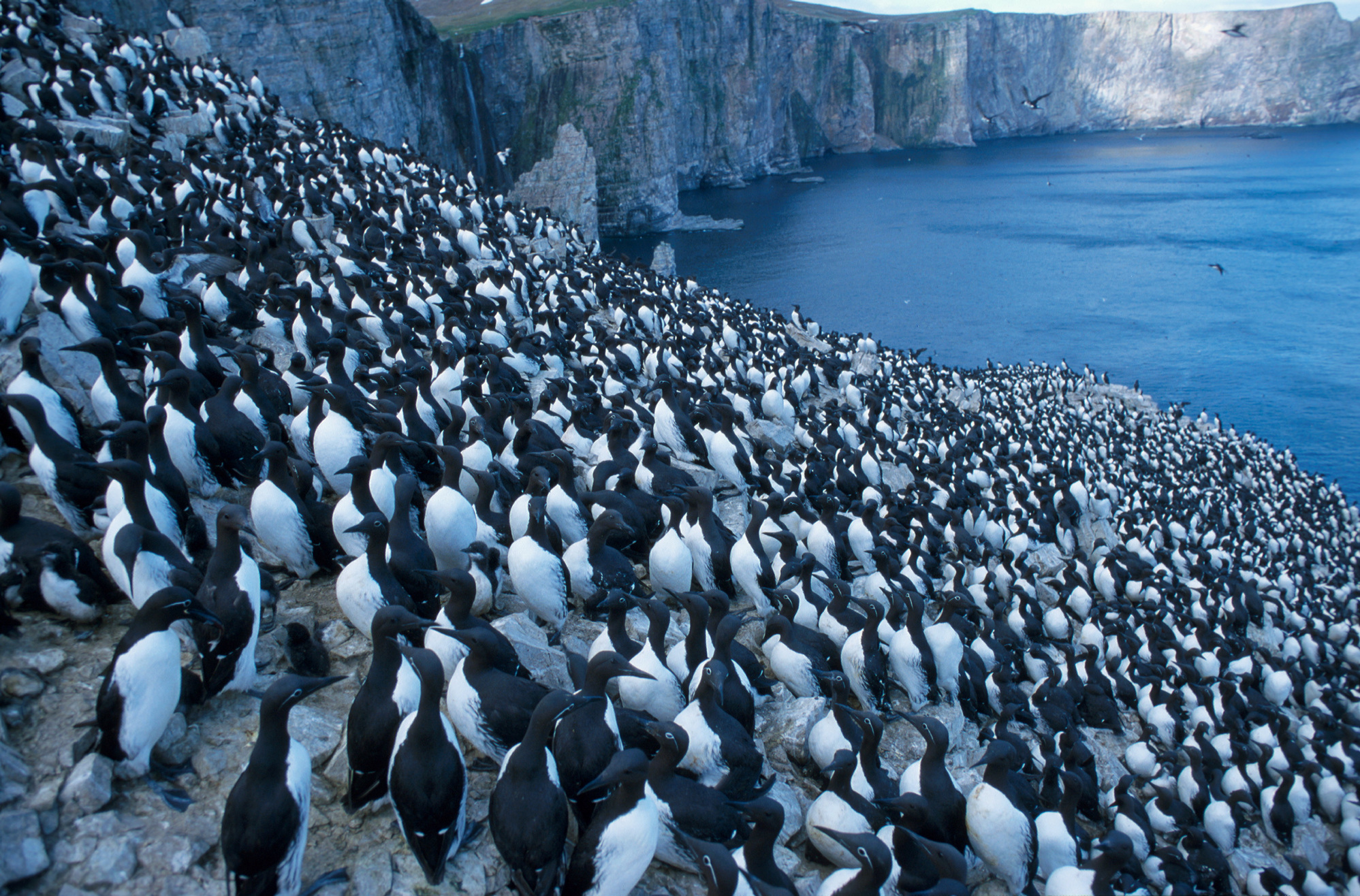
Both birds and mammals pass the Wisting field in their search for food or on their way south for the winter. When the time for their migration comes, the common guillemots leave Bear Island. The newly hatched young birds cannot fly yet. So, the fathers undertake a dangerous journey when they swim with their young for three weeks to their winter hide-out. On their way, they pass the Wisting oil reserves.[11] If the oil companies cause a leak at the Wisting oil field, these common guillemots will be the first to die. Fin whales and humpback whales also regularly swim by the Wisting oil field. In case of an oil spill, these intelligent animals will also become sick or die.[12]
Bear Island is not the only unique ecosystem in the Barents Sea. The Marginal Ice Zone is another one of the Barents Sea’s treasures. All kinds of different animals, plants and algae live there.[13] The Marginal Ice Zone changes with the weather and the seasons. It consists of floating ice and open sea. The further north you go, the sea becomes less open and the ice denser. While some of the ice melts in the summer, the ice zone expands south during the winter months. At its nearest point, the Marginal Ice Zone starts 125 km (78 mi) from the Wisting oil reserve. The zone’s combination of different types of ice and deep and shallow waters creates a flourishing Arctic ecosystem. Numerous smaller and bigger animals and plants depend on it. Fish feed off plankton and algae from the ice, and polar bears move across the ice when they hunt. Baby seals live on the ice until they can swim.[14]
Risking it All for an Energy Source of the Past
Oil and gas expansion in the Barents Sea is endangering the subtle balance of life in the Arctic. Wisting shows that hardly any place is safe from oil and gas companies. As if that were not enough, Equinor also plans to start up the Johan Castberg field in 2024, expand production at the Snöhvit field and drill new exploration wells in the vast Arctic waters.1553119476 According to the Intergovernmental Panel on Climate Change (IPCC), the Arctic is heating up at least twice as fast as the globe at large.[15] Soon, the animals of the North will have no place left to go.[16] Oil production also releases soot (black carbon). The soot falls onto the nearby ice and turns it black.[17] As a consequence, the ice absorbs more heat, melts faster, and climate change speeds up. Oil companies also pollute the water with extremely hazardous, so-called black category chemicals. These chemicals can accumulate in fish and even end up in humans, causing diseases and harming fertility.15537

An oil spill in the Barents Sea would destabilize the Arctic ecosystems. Even a smaller leak could have serious consequences for the most exposed animals. One drop of oil is enough to kill a sea bird.[18] The rough sea whips up the oil and makes it even more poisonous. Mammals breathe in the toxic parts of the oil or eat poisoned prey.15533 Oil-covered Bear Island cliffs could no longer be a nesting home for birds. Birds, fish, whales and seals would lose the basis of their existence.
Cleaning up an oil spill in the fierce Barents Sea waters could quickly become impossible. In the completely dark and foggy winter, waves can become more than 10 meters (32 ft) high. Air temperatures drop to -25 °C (-13°F).[20] Equipment freezes, and it becomes very difficult to clean oil off the sea surface.[22] The Norwegian environmental agency and experts on the Arctic have criticized Equinor for not taking the risks associated with the Wisting project seriously.14653 Even Equinor and OMV acknowledged it might be impossible to clean up a winter oil spill in the Barents Sea.[23][24] Even if a clean-up were possible, it would take time. During the time that workers would need to fight the elements, the spill would continue its disastrous path through the Arctic.

Exploration in Troubled Waters
While Equinor, Aker BP and their partners are moving forward with their expansion projects, the rest of the oil and gas industry seems to doubt the economic viability of Barents Sea expansion. The Barents Sea has not been the oil and gas wonderland the industry and Norwegian government had hoped for. Only 11.5% of the exploration licenses awarded in the Barents Sea between 2000 and 2015 have resulted in oil and gas production.[28] In the other cases, companies have moved massive drilling rigs into fierce Arctic waters only to find small amounts of oil and gas too far away from existing infrastructure. Many oil and gas companies are put off by the sheer size of the area, little or no infrastructure and harsh weather conditions.
Fight for a Different Future for the Arctic
People have been protesting against oil companies’ activities in the Barents Sea for several years. In the freezing waters at the Goliat rig, with candlelit vigils and in lawsuits, activists are fighting to preserve the Arctic and its animals. Supported by Greenpeace and Nature and Youth, 6 activists have taken the Norwegian government to court. They aim to prevent the Norwegian government from selling new drilling licenses to oil companies. This way, they want to save the untouched areas in the Barents Sea from oil companies’ aggressive expansion. After the 6 activists lost their case in Norway in December 2020, they asked the European Court of Human Rights (ECHR) to take on the case and pass a judgement.[33]15533 They are still awaiting a final verdict in the case. In the meantime, environmental organizations secured a historic win in a related case. A Norwegian court deemed the approvals for three oil and gas fields in the North Sea invalid.19239 The state appealed the decision.19477 People from far and near support the fight against drilling in the Norwegian Arctic.They include Norwegian writers, artists, politicians and former government officials, as well as environmental activist Greta Thunberg, former United States vice president Al Gore and Oscar-winning actress Emma Thompson.
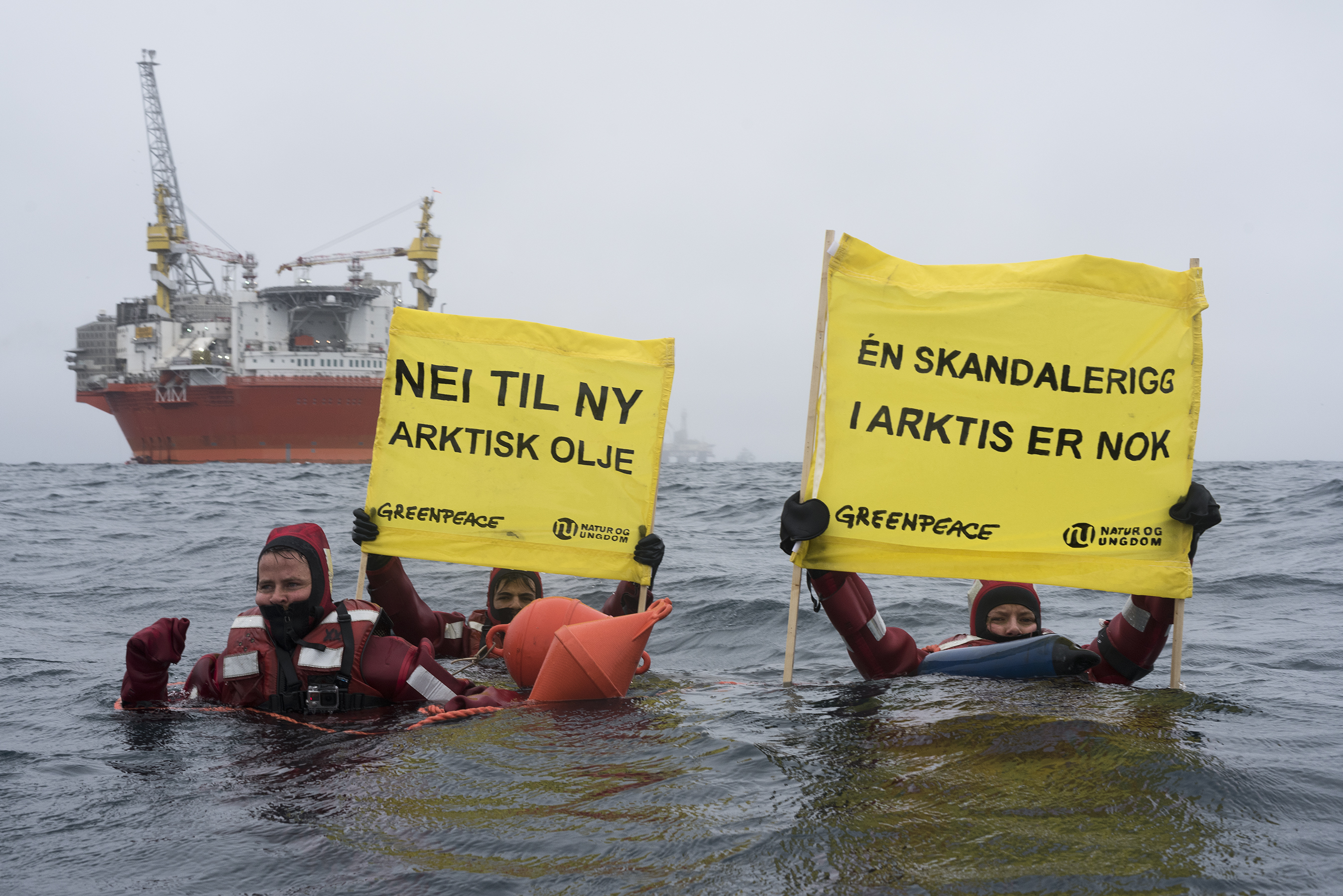
Since Equinor, Aker BP and their partners have already obtained the license for the Wisting oil field, the Barents Sea lawsuit cannot stop their plans. However, financiers have yet to distance themselves from the plans.15533 If the companies believe their project will pay off financially, they will resume their plans to develop Wisting. They will drill in the middle of the guillemots’ migration routes. They will drill in the hunting grounds of whales. They will only stop if they do not have the money to move forward.
The Birds of Bear Island
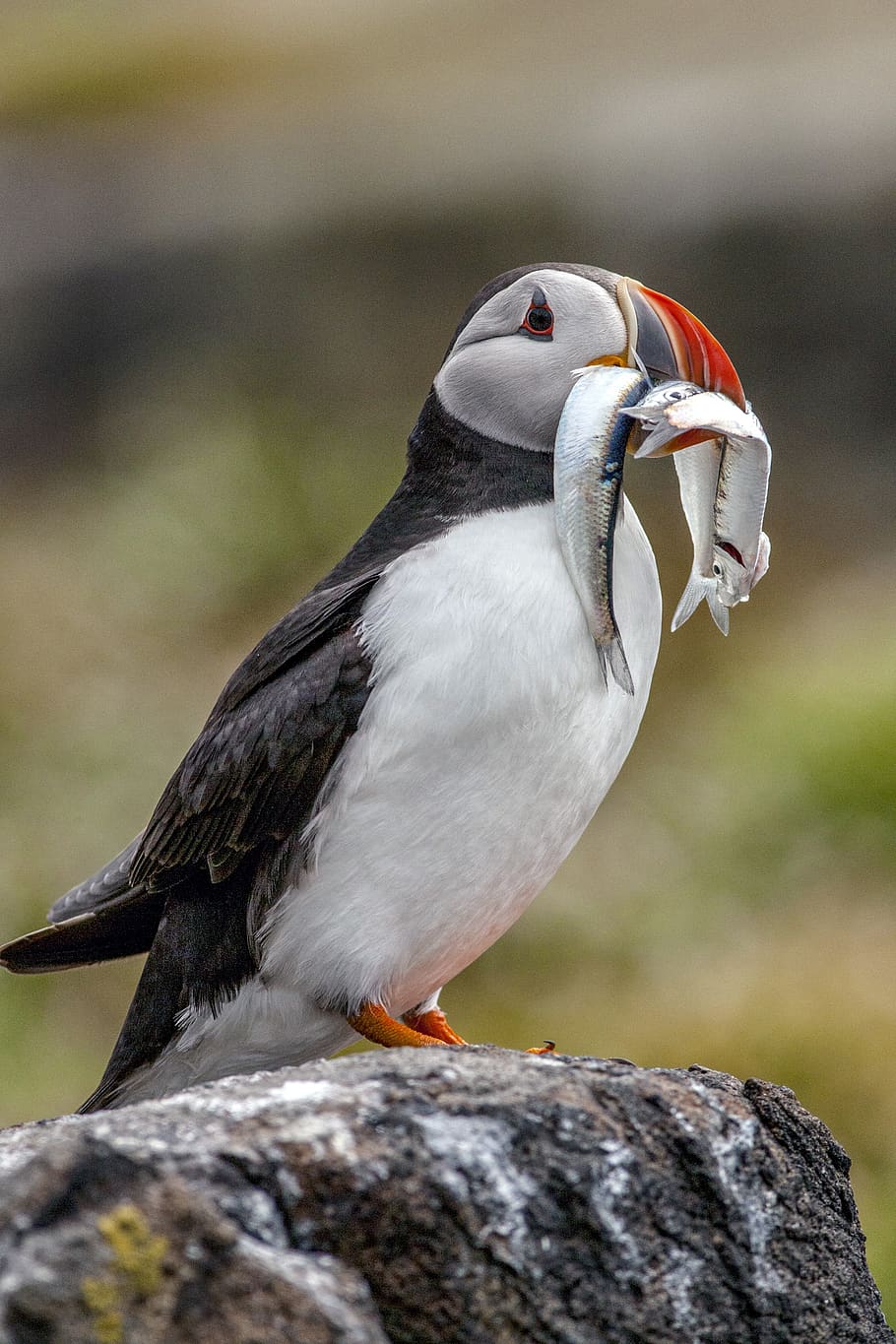
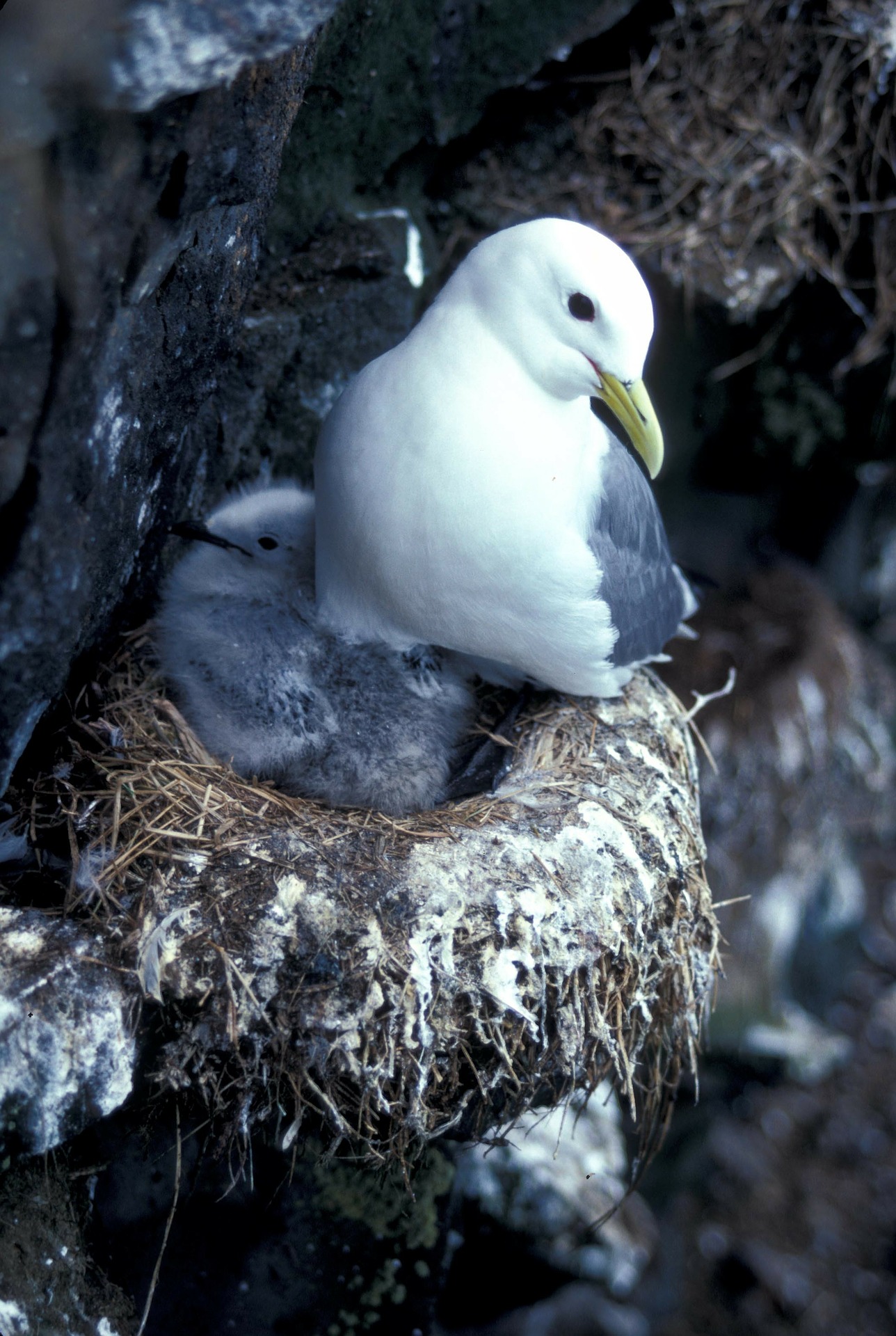
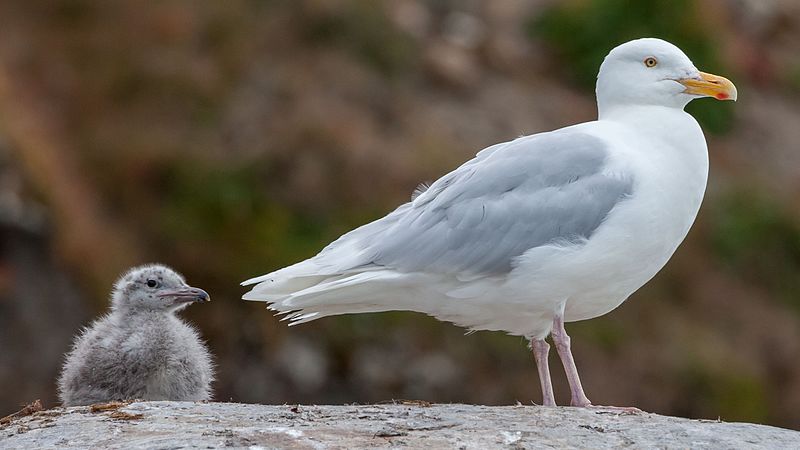
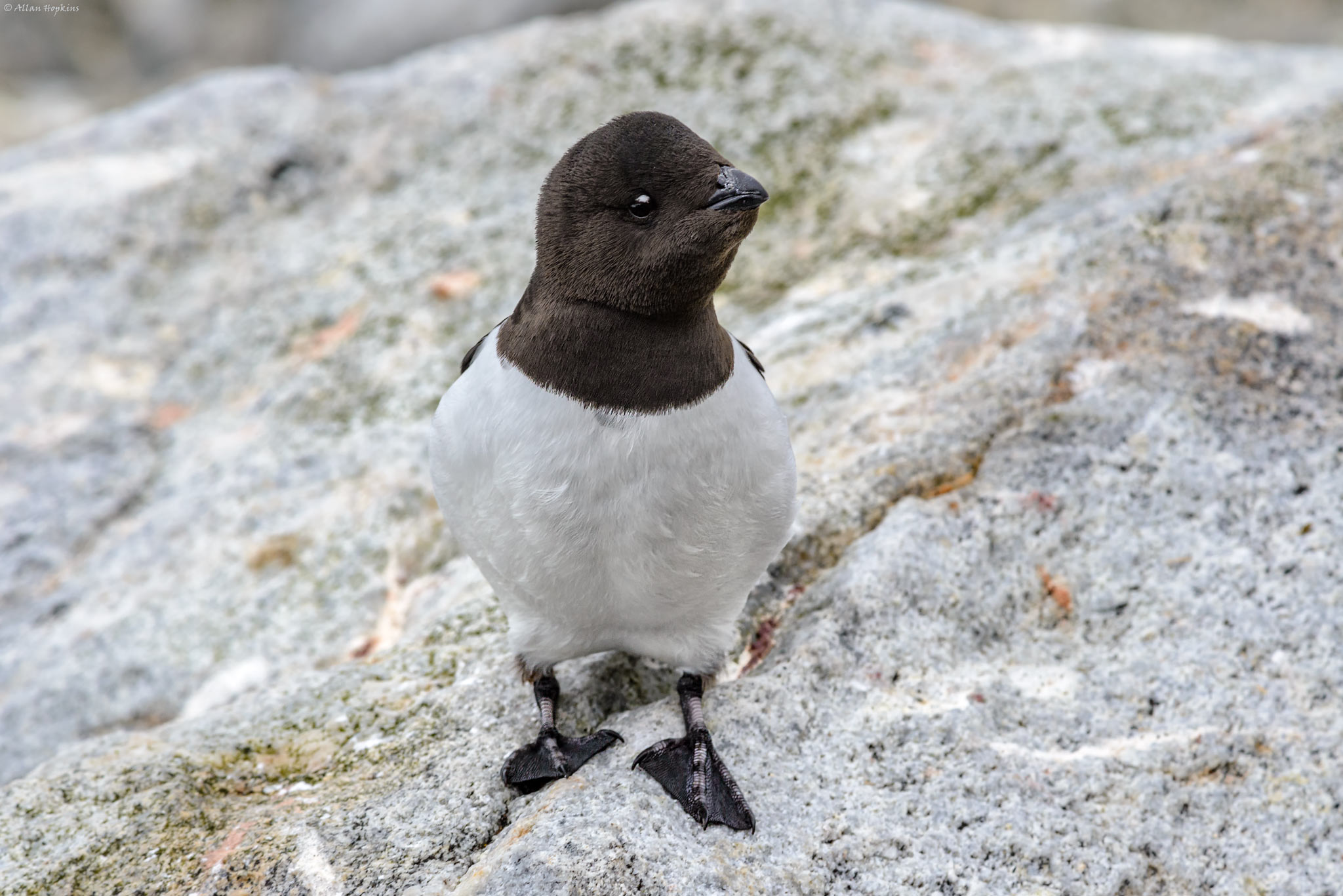

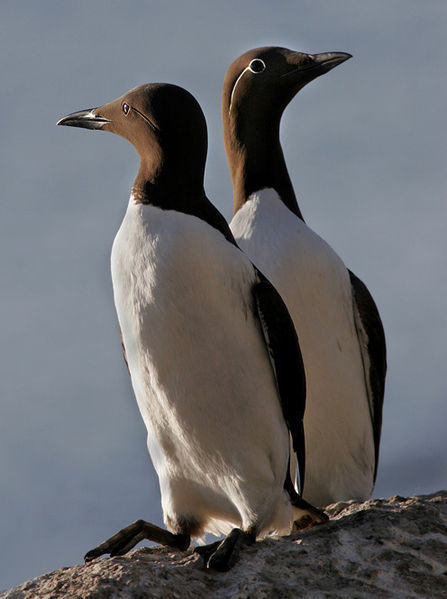
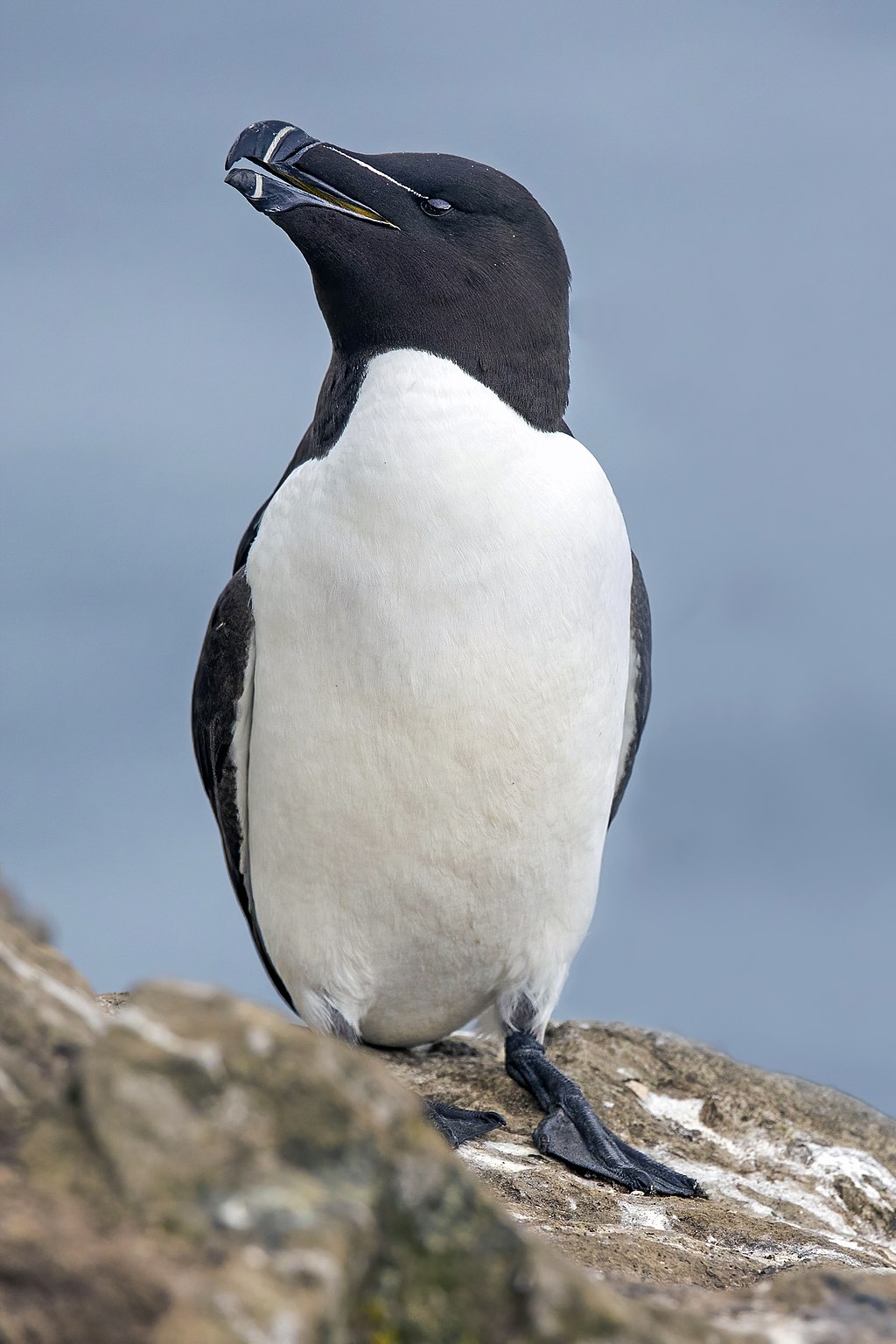

Groups working on Wisting Oil Field and Barents Sea: Greenpeace Norway, Natur og Ungdom (Nature and Youth – Young Friends of the Earth Norway), Naturvernforbundet (Friends of the Earth Norway), Greenpeace Norway, Folkeaksjonen / The Peoples Action for an Oilfree Lofoten, Vesterålen and Senja, Framtiden i våre hender (Future in our hands), Bellona